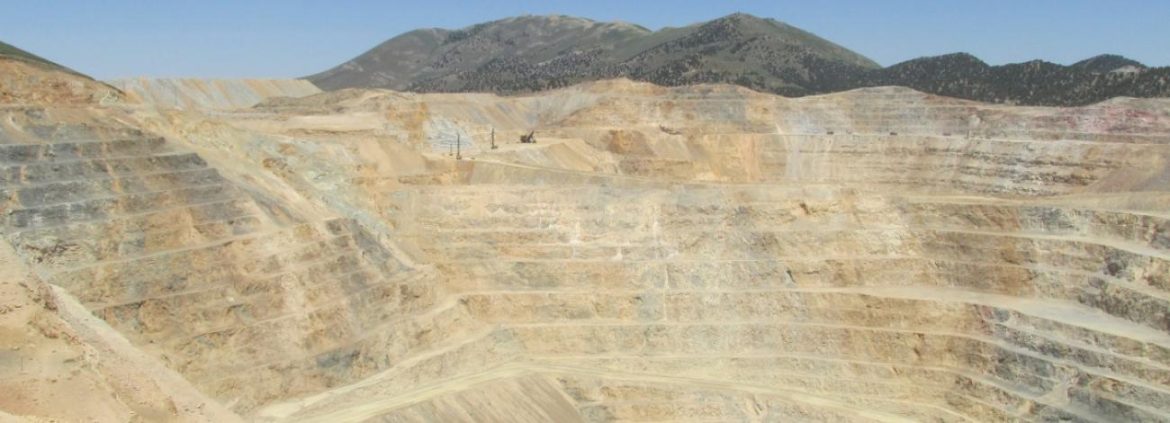Mining plays a crucial role in the global economy, providing essential raw materials for various industries. The process of extracting minerals from the Earth involves a complex interplay of geological, technological, and environmental factors. In this blog post, we will delve into the intricacies of how different minerals are mined, exploring the diverse methods employed and their implications.
- Surface Mining:
Surface mining, also known as open-pit mining, is a common method used to extract minerals near the Earth's surface. This technique involves the removal of overlying soil and rock layers to access the mineral deposits. Surface mining is typically employed for minerals such as coal, limestone, and copper. It offers advantages in terms of cost-effectiveness and high production rates. - Underground Mining:
For minerals located at greater depths, underground mining becomes the preferred method. This technique involves creating tunnels and shafts to access the mineral deposits. Underground mining is employed for minerals like gold, silver, and uranium. It offers advantages such as reduced environmental impact and increased safety for miners. - Placer Mining:
Placer mining is a method used to extract minerals that have been eroded and deposited by water. This technique involves the use of water currents to separate valuable minerals from the surrounding sediment. Placer mining is commonly used for minerals like gold, tin, and diamonds. It requires specialized equipment and careful assessment of geological conditions. - In-situ Mining:
In-situ mining, also known as solution mining, is a technique used for minerals that are dissolved in a liquid or in situ. This method involves injecting a solvent into the ground to dissolve the mineral, which is then pumped to the surface for extraction. In-situ mining is employed for minerals like uranium and potash. It offers advantages in terms of reduced surface disturbance and lower production costs. - Mountaintop Removal Mining:
Mountaintop removal mining is a controversial method used to extract minerals from mountainous regions. This technique involves removing the summit of a mountain to access the underlying mineral deposits. Mountaintop removal mining is primarily used for coal extraction. It has significant environmental and social impacts, including deforestation, water pollution, and displacement of local communities.
Conclusion:
The mining industry plays a vital role in meeting the world's growing demand for minerals. Understanding the various methods of mineral extraction is crucial for ensuring sustainable and responsible mining practices. From surface mining to in-situ mining, each technique has its own advantages and challenges. By considering factors such as geological conditions, environmental impact, and safety, mining companies can make informed decisions to extract minerals efficiently while minimizing negative consequences.



